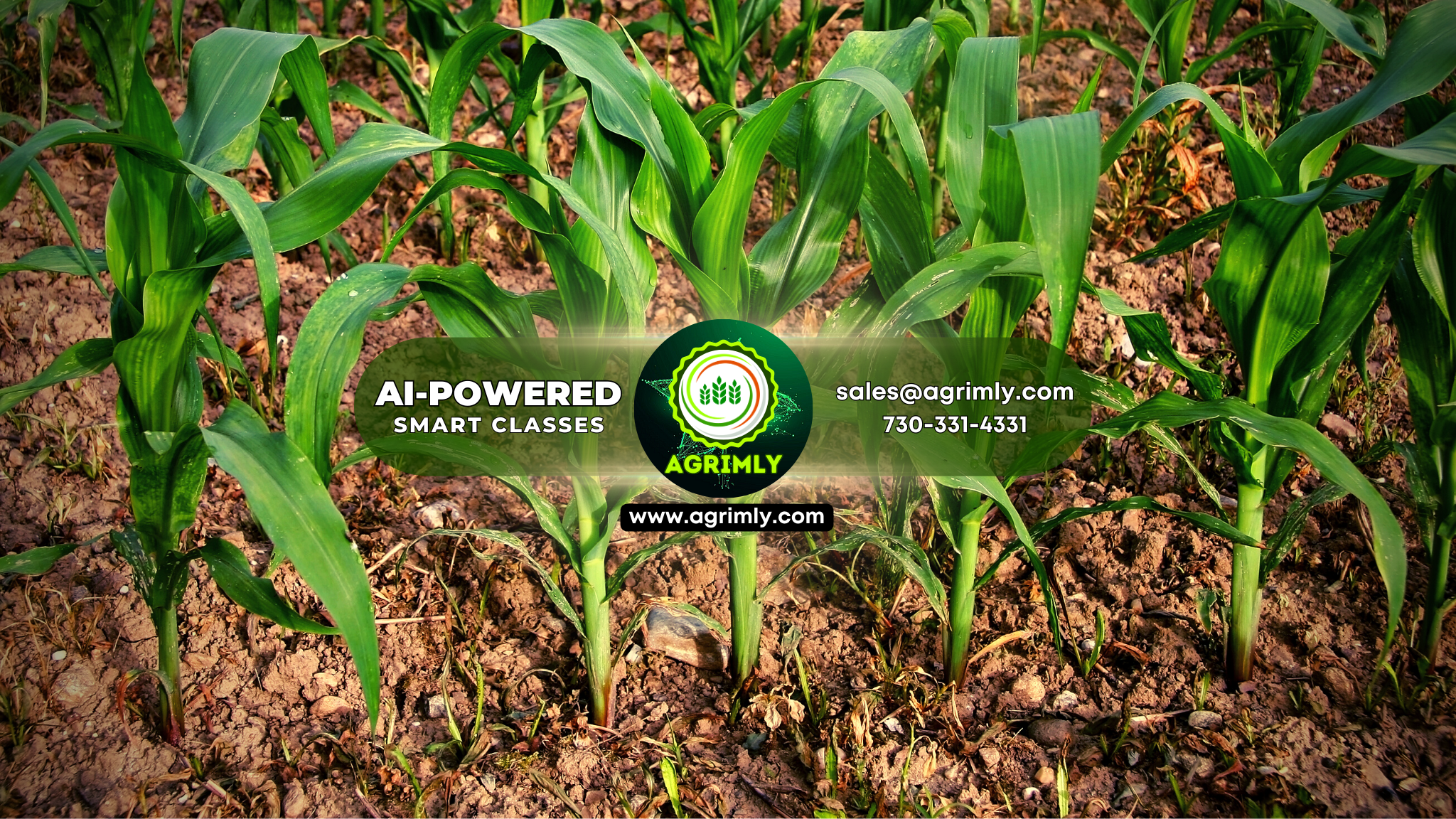
Introduction of REWARD Program
India's agricultural landscape is diverse, with a significant portion of it relying on rainfed farming. Rainfed agriculture sustains the livelihoods of millions of farmers across the country. However, it faces challenges such as water scarcity, soil degradation, and climate change impacts, which affect productivity and farmer incomes. To address these challenges, the Department of Land Resources (DoLR) under the Ministry of Rural Development has partnered with the World Bank to launch the REWARD program. This joint initiative aims to enhance the resilience and productivity of rainfed agriculture in selected watersheds of India.
Understanding Rainfed Agriculture
Rainfed agriculture, as the name suggests, depends primarily on rainfall for crop cultivation. Unlike irrigated agriculture, where water is readily available, rainfed areas are vulnerable to the vagaries of weather. Approximately 60% of India's net sown area falls under rainfed farming, making it critical for food security and rural livelihoods.
The Need for Resilience
Rainfed farming is inherently risky. Inconsistent rainfall patterns, prolonged dry spells, and extreme weather events can lead to crop failures and financial hardships for farmers. Moreover, the depletion of natural resources due to unsustainable practices poses long-term threats to agriculture.
The Objectives of the REWARD Program
The REWARD (Rainfed Area Development) program has set forth a comprehensive strategy to address the challenges faced by rainfed agriculture. Its primary objectives include:
Improved Watershed Management: The program focuses on sustainable land and water management practices. Watershed development activities aim to conserve soil moisture and improve water availability for agriculture.
Enhancing Crop Productivity: Through the adoption of modern farming techniques, improved seeds, and efficient resource management, the program seeks to enhance crop yields and diversify agricultural production.
Capacity Building: Farmers are provided with training and extension services to equip them with the knowledge and skills needed to make informed decisions regarding crop selection and farming practices.
Climate Resilience: Given the increasing unpredictability of weather patterns, the program encourages the adoption of climate-resilient farming practices and technologies.
Livelihood Diversification: Beyond crop cultivation, the REWARD program promotes allied activities such as livestock rearing and agroforestry to enhance farmers' income and reduce vulnerability.
Implementation and Impact of REWARD Program
The REWARD program operates in selected watersheds across several states in India. Its success lies in its participatory approach, involving local communities, NGOs, and government agencies. By integrating the knowledge and experiences of farmers, the program has been able to tailor solutions to the specific needs of each watershed.
The impact of the REWARD program is visible in various ways:
- Increased crop yields and incomes for participating farmers.
- Improved soil health and water management practices.
- Enhanced resilience to climate change-induced challenges.
- Reduction in migration from rural areas due to improved livelihood opportunities.
Conclusion of REWARD Program
- The REWARD program is a commendable effort by the Indian government, in collaboration with the World Bank, to transform rainfed agriculture.
- By addressing the vulnerabilities of this critical sector, the program not only improves the lives of farmers but also contributes to the country's food security and sustainable development.
- As we navigate an era of climate uncertainty, initiatives like REWARD serve as beacons of hope for India's rainfed farming communities, empowering them to thrive in the face of adversity.




%20MAINS%20EXAM.jpg)

%20MAINS%20EXAM.jpg)

%20MAINS%20EXAM.jpg)

